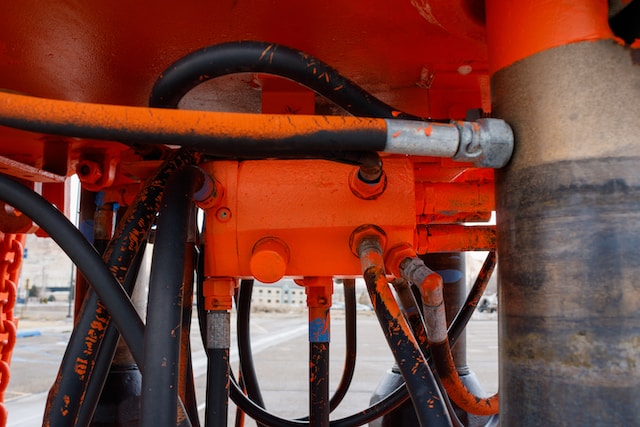Back pain can often be managed with conservative treatments at home or in the doctor’s office. These include medications such as NSAIDs, spinal manipulation with a chiropractor, and physical therapy.
Injection-based therapies, such as steroid injections or epidural steroid injections, help relieve back pain by blocking or dampening pain signals from the brain. Other back pain treatment Orange Park, FL include TENS, a battery-powered device that delivers electrical impulses to the skin to interrupt pain signals.
Steroid Injections
Injections of steroids directly into a painful joint or area can reduce inflammation and ease pain. A healthcare provider uses an X-ray or ultrasound to guide a needle into the painful area. Then, they inject the corticosteroid and a local anesthetic.
The injection may help relieve your pain for several days to a few months. It may also stop back pain flare-ups. However, it won’t prevent the underlying cause of your back pain, such as herniated disks or spinal canal narrowing (spinal stenosis).
Medications, injections, and physical therapy can help you manage chronic back pain. Talk to your doctor about the treatment options that are right for you. If these treatments don’t work, your doctor may recommend surgery. Spinal surgery is typically only recommended for patients who do not find relief from non-invasive treatment. If you’re considering surgery, finding a reputable and experienced spinal surgeon is important. Choosing the wrong surgeon could result in a worsening of your pain rather than pain relief.
Electrical Stimulation
Despite being less invasive than surgery, some back treatments still require a healthcare professional to administer them. For example, a physical therapist might use spinal manipulation therapy, which involves moving and massaging the joints in the spine to alleviate pressure on nerves or muscles.
A TENS unit, which consists of electrodes a patient can take home, may also help alleviate back pain by stimulating the skin with electric impulses. However, studies show mixed results on TENS’ effectiveness.
Other e-stim options include electrical stimulation for tissue repair (ESTR), interferential therapy, neuromuscular electrical stimulation, functional electrical stimulation, and iontophoresis. These options help mask the body’s natural pain signals or deliver ionically charged medication to speed healing.
Lifestyle and nutritional changes are also important. For example, obesity increases the amount of pressure on the back and can cause muscles to weaken. Therefore, avoiding activities that trigger back pain and exercising regularly can improve strength and flexibility.
Spinal Cord Stimulators
Back pain specialists use spinal cord stimulation (SCS) to relieve back and neck pain that doesn’t respond to other treatments. This advanced therapy uses pulses of electrical energy to stimulate your natural nerve impulses, reducing or eliminating the need for stronger, habit-forming pain medications.
This procedure is performed under a local anesthetic and is relatively quick. First, your specialist creates a pocket in the skin to place the generator and medical leads that carry the impulses to the spine. You’ll wear a small handheld programmer to turn the device on and off, select programs and adjust settings as needed.
Before placing a permanent lead, your provider will perform a trial stimulation using X-ray fluoroscopy. A hollow needle is inserted into the epidural space of your lower back. A trial wire with electrodes is then inserted over the area of your pain. If you don’t experience pain relief, your specialist will remove the trial leads without further damage to the spinal cord or nerves.
Vertiflex Superion Implant
If you have lumbar spinal stenosis (narrowing of the space in the lower back that houses the spinal cord), you might feel pain in your low back and legs that gets worse when standing and better while sitting. The condition can also cause tingling or numbness in the lower legs.
Physiotherapy and injections can delay the progression of the disease and provide some relief. But surgery is typically needed to get optimum results and avoid spine destabilization.
This minimally invasive procedure uses an FDA-approved implant to restore the natural space between two vertebrae in the lower back. It’s inserted via a hollow tube and placed between the spinous processes of two vertebrae. The implant fits with open wing-like attachments to prevent the bones from pinching together.
The treatment is called indirect decompression and relieves or resolves lumbar spinal stenosis for most patients. It’s especially effective for those who have not found relief from invasive treatments, such as major spine surgery, or who are not healthy enough for that procedure.





Leave a Reply